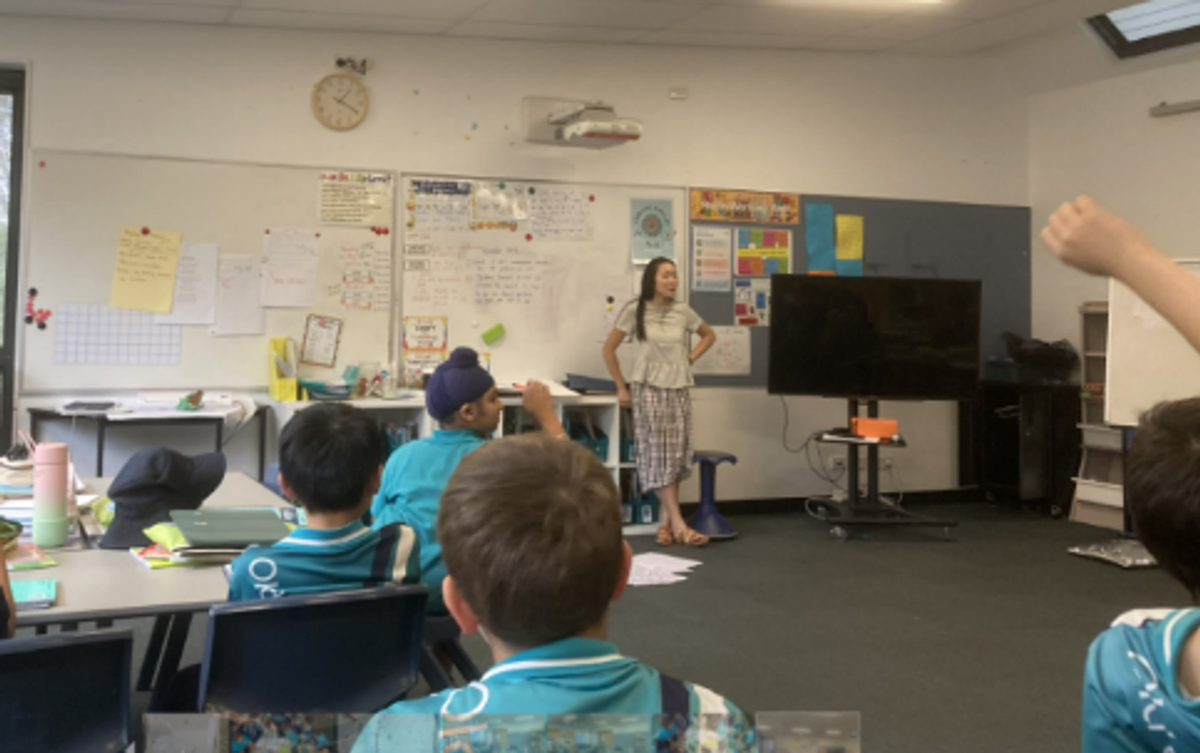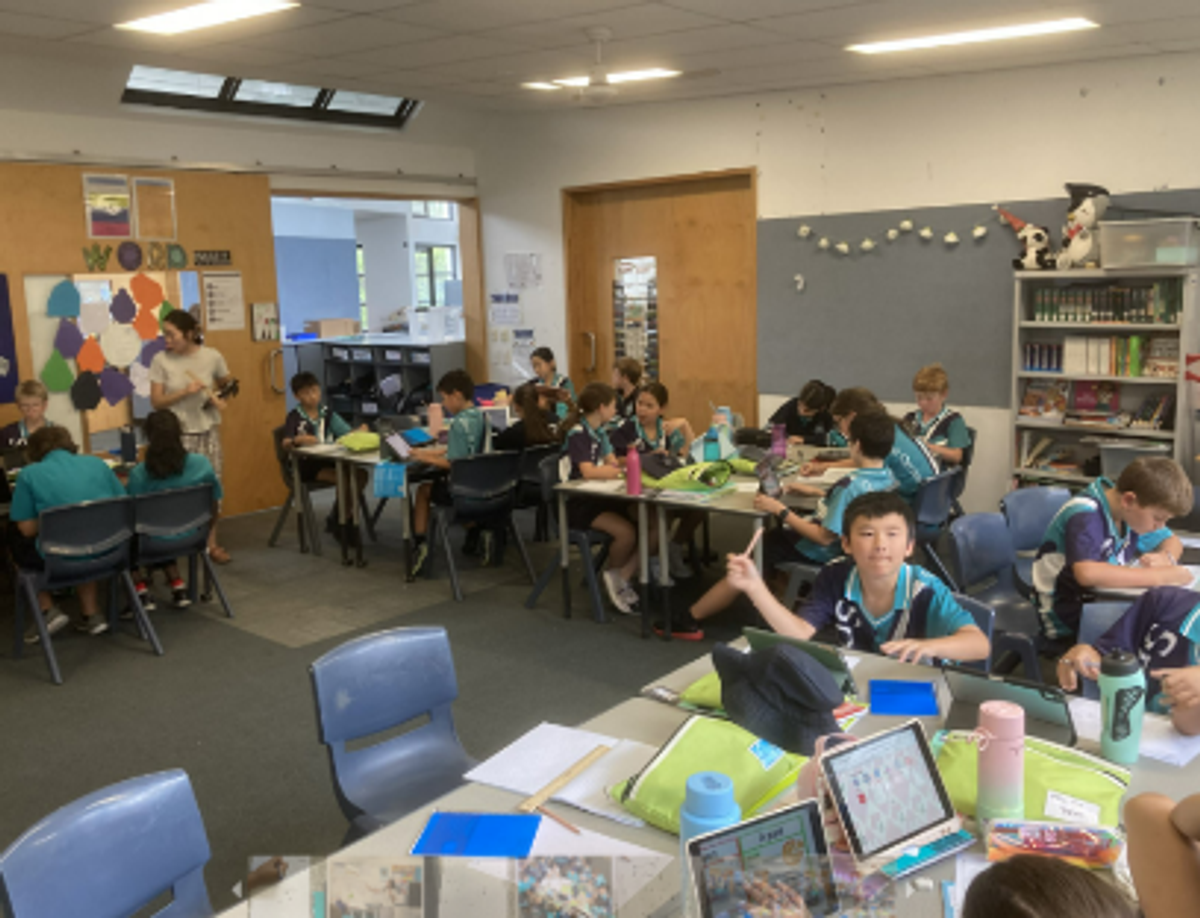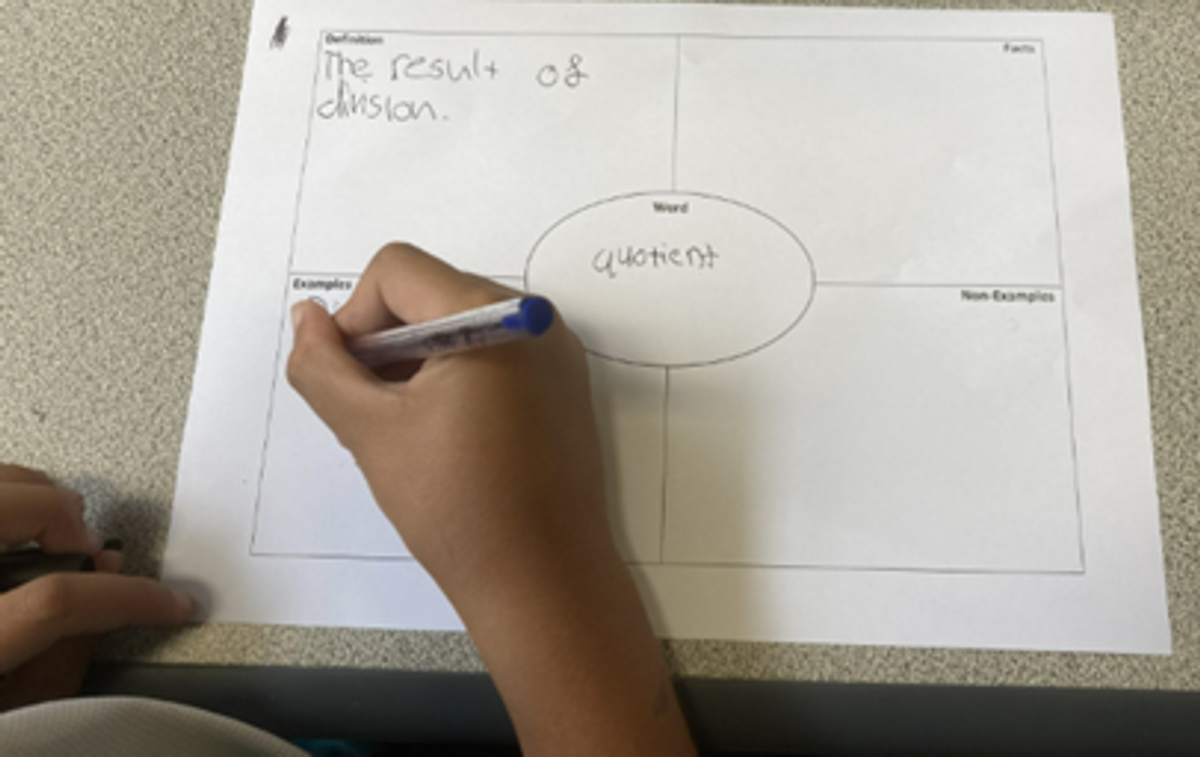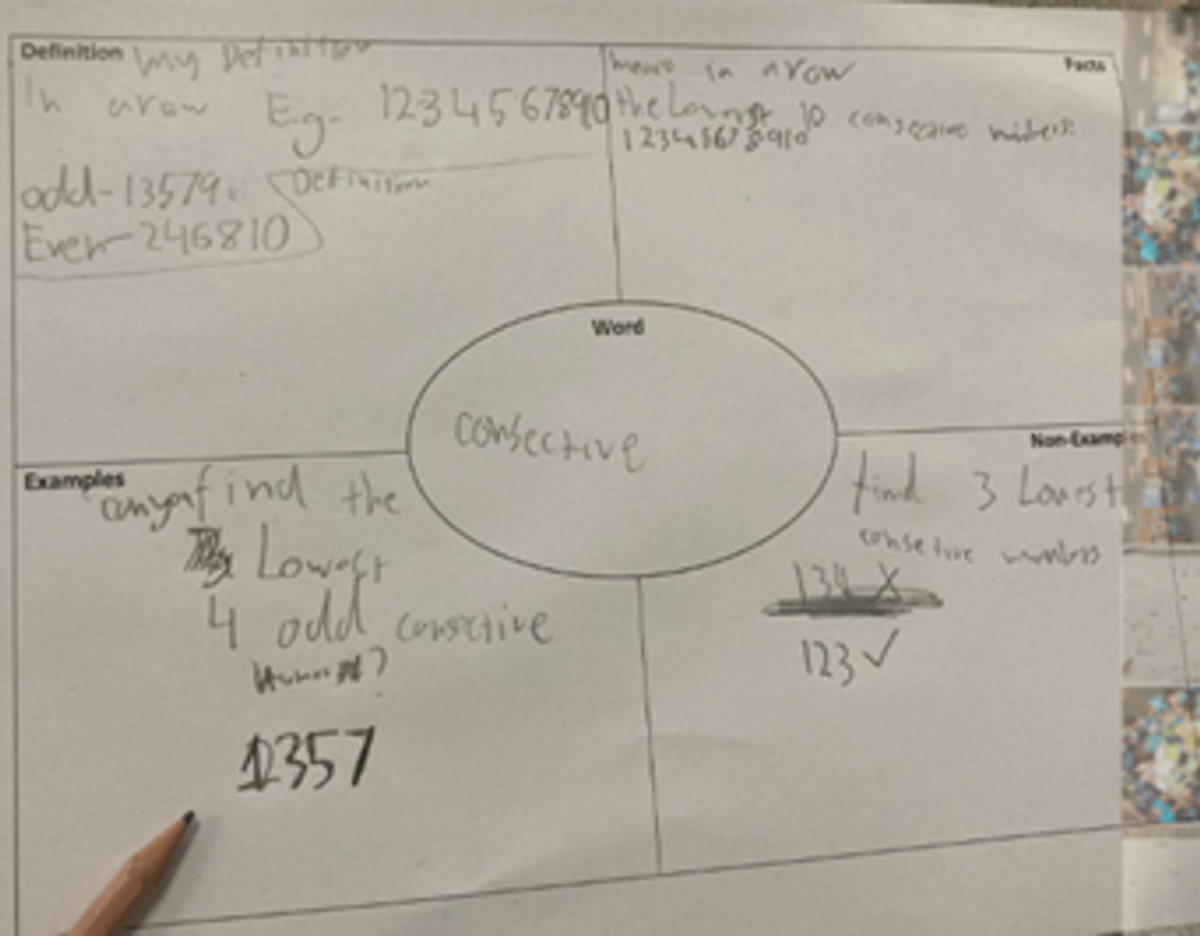Meet The Teacher
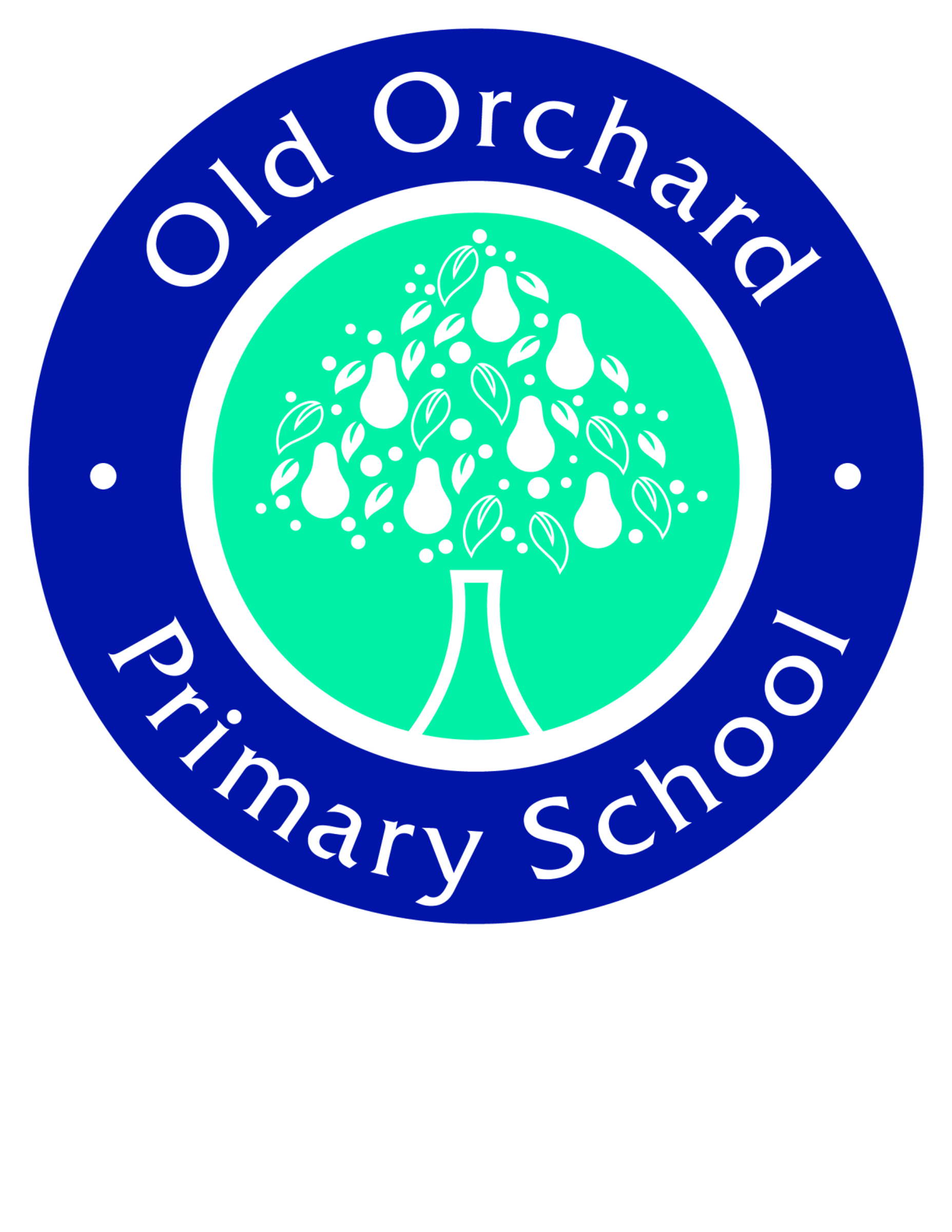
Meet The Teacher - Michelle Chen
Like all discipline areas, Mathematics has specific language that students must understand in order to make meaning and develop their knowledge. Being able to interpret language in a range of mathematical contexts and for different purposes is fundamental to mathematical problem solving.
On Wednesday afternoon, I was invited into 56MC to watch Michelle Chen expertly teach a lesson introducing students to the language they are going to need to move forward in their maths education. Michelle hooked her students into the learning they were going to complete today with a Number Talk.
Number talks are short, 5–15-minute teaching and learning practices that involve students mentally solving computational problems and talking about the strategies they have used. Number talks are powerful tools for developing computational fluency and conceptual understanding at the same time. A big focus of number talks is the journey, not the destination, with Michelle beginning by reminding her students that “It’s not about the what, it’s about the how.” Students were then free to challenge each other's ideas respectfully, and were reminded to “challenge the idea, not the person.” Number Talks are a key learning tool in all classrooms at Old Orchard and allow our students to not just tune in to the teacher’s voice, but also hear the thinking of their peers and the different ways of approaching a problem.
The Number Talk today was: Which two consecutive odd numbers have the product of 35?
This perfectly set up the WALT: Build our mathematical vocabulary.
Students need knowledge of the words; odd, consecutive, and product in order to access the problem. This well thought out question ensured that students were now seeing the importance of understanding mathematical language and were hooked into their learning.
Before students moved into the application section, Michelle moved them over to one table where she could fishbowl exactly what was expected of them in the Application section.
Today, Students applied what they had been taught by completing a Freya Chart. The Frayer model is a grid with four sections that can be used to support student understanding of new terminology. The Frayer model is especially helpful when supporting students to learn mathematical vocabulary that has other meanings in other subject areas, or when teaching new and difficult concepts (Rozzelle & Scearce, 2009).
Differentiation is always a challenge in any classroom, with students working at a variety of different levels, this is especially true in a composite classroom. Michelle ensured differentiation was taking place by introducing students to tier 1, 2, and 3 words where students could find the words they were unsure of for further investigation. As I moved around the room, I could see a variety of words being investigated.
Voice: The voice section of our lesson allows students to reflect on their learning and if they have met the success criteria for the lesson. Students were in this section exposed to other students' thinking and increased their understanding of different terminologies. Students were then given time to add their words to their own personal Maths dictionary, which they could use throughout the year to support problem solving and mathematical understanding.
I thank Michelle and the students of 56C for allowing me to see the great teaching and learning on show.

